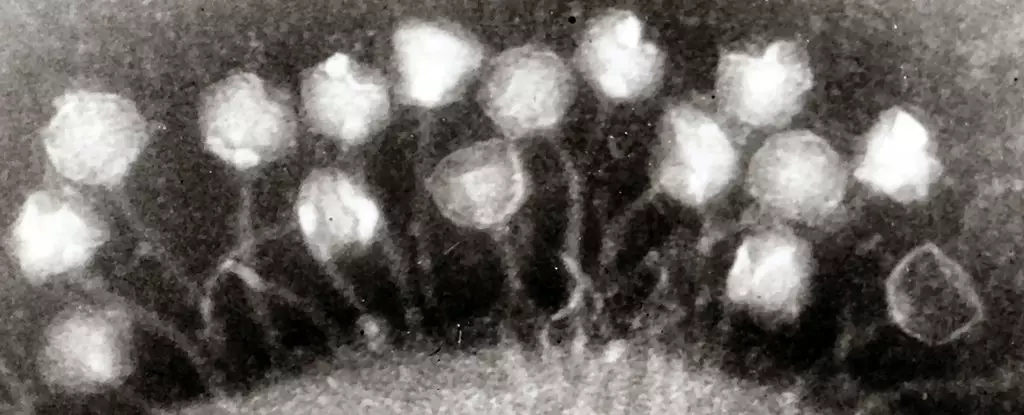The permafrost is thawing at an alarming rate, giving rise to a ghastly sight straight out of a horror movie. Ancient creatures, believed to be long extinct, are emerging from their icy tombs. From the astonishingly well-preserved remains of megafauna like the woolly rhino to the 40,000-year-old giant wolf, the permafrost is an icy treasure trove teeming with ancient life. But amidst the excitement and fascination surrounding these discoveries, there is a growing concern about the resurrection of ancient viruses that could potentially pose risks to human health. This article delves into the remarkable findings from studying the melting permafrost, exploring the ancient ecosystems of our planet, while also addressing the potential threats lurking within.
The melting permafrost has provided scientists with an unprecedented opportunity to peer into Earth’s distant past. Thanks to advancements in metagenomics techniques and sterilization methods for ice core samples, researchers have gained remarkable insights into the organisms that once thrived in long-gone ecosystems. The Tibetan Plateau’s Guliya ice cap, standing at a dizzying altitude of 6.7 kilometers (22,000 feet), has served as a frozen time capsule, holding remnants of life from over 15,000 years ago. Recent studies have discovered a treasure trove of 33 viruses, with a staggering 28 of them being entirely novel to science. These viruses are believed to have flourished in extreme environments and harbor genetic signatures that enable their survival under harsh conditions.
The Intriguing Interplay: Ancient Viruses and Microbial Communities
By analyzing the genetic sequences of these ancient viruses, researchers have made groundbreaking connections to microbial communities and environmental conditions prevalent at the time. Most notably, the dominant viruses found in the ice core samples were bacteriophages that infect Methylobacterium, bacteria crucial to the methane cycle within ice. These viruses exhibited striking similarities to viruses found in Methylobacterium strains inhabiting plant and soil habitats, suggesting a possible origin from soils. Furthermore, these frozen viruses were found to contribute to nutrient acquisition for their hosts. The revelation of such intricate interconnections between viruses, bacteria, and their environments provides invaluable insights into the dynamics of past ecosystems.
While the discovery of ancient viruses may be disconcerting in light of recent viral outbreaks, the true magnitude of the melting permafrost lies beyond the realm of viruses. As the ice thaws, massive amounts of sequestered methane and carbon are released into the atmosphere. These greenhouse gases contribute to the escalation of global warming, exacerbating climate change and its consequences. The fragile balance of our environment is at stake, and understanding the role of bacteria and viruses in responding to climate change is of utmost importance. Moreover, unraveling the mysteries of how these organisms adapted during transitions from ice ages to warm periods is crucial for comprehending the future trajectory of our planet’s ecosystems.
The melting permafrost offers us a captivating glimpse into Earth’s ancient past. It unravels the secrets of long-extinct organisms and ecosystems, painting a vivid picture of the planet’s history. However, this scientific exploration also serves as a sobering reminder of the potential dangers that lie beneath the surface. As we continue to study the permafrost and its ancient inhabitants, it is crucial to remain vigilant about the potential risks posed by unearthed viruses. Simultaneously, we must grapple with the urgent need to address the underlying causes of permafrost melting, namely climate change. The time to act is now, as we navigate our way through an uncertain future shaped by the ghosts of the past.

Leave a Reply